The post Ashtang Yoga & Stress Management appeared first on Gnosis Medical Yoga - Blog.
]]>Definition : Stress is a change in the external environment, which threatens internal environment of a cell. (May be change in body itself.)
- It is managed by body very well, by specific response generated by sympathetic branch of Autonomic Nervous System.
- Since this branch is part of Autonomic nervous system, it occurs automatically, without our knowledge.
- The response to stressful situations is the ancient lifesaving function of our body. It is designed to save our life. It was designed, when our life had to face dangers, from wild animals or natural calamities.
- So the response was designed for flight or fight. It is associated with an emotion of fright. So it is called as fright /fight and flight response.
- Now our present life poses situations, which trigger the fright signal but physical danger is seldom present. The danger or damage is intellectual challenge, performance challenge, emotional turmoil, financial crisis etc.
- Whatever may be the cause, fright signal operates the same way of old design to produce following effects in body.
- Pupillary dilatation.
- Increase in heart rate.
- Increase in force of contraction of Left ventricle.
- Widening of airway passage.
- Rapidity of platelet aggregation.
- Breakdown of Glycogen to glucose to increase blood glucose level.
- Breakdown of Triglycerides to free fatty acids released in blood.
- Increase in neuronal activity in the brain.
- Increase blood flow to skeletal muscles.
- Decrease blood flow to kidneys, gastro intestinal tract & skin.
11.Increase in metabolic rate to as much as 100% above normal.
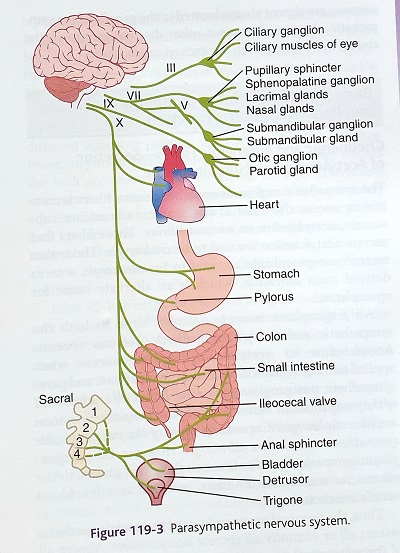
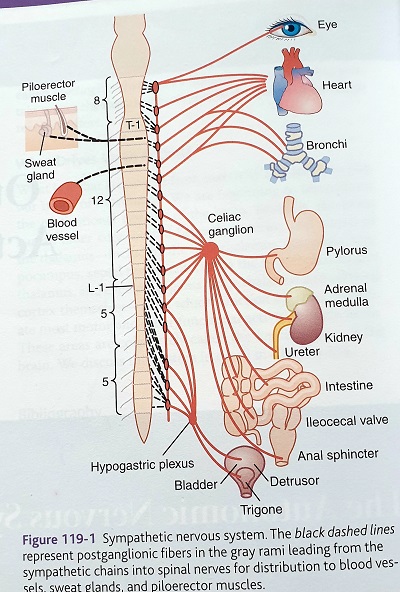
These effects are mediated by Sympathetic branch of Autonomic nervous system – which generates Adrenaline & Nor-adrenaline hormones.These hormones are released by two mechanisms.1)Sympathetic nerve stimulation 2) Release of these two hormones by Adrenal medullae
Importance of Adrenal medullae is ,their release of adrenaline & nor adrenaline reach each cell of body which are not inervated by sympathetic syatem.
When large portion of sympathetic nervous system discharge at same time, is called Mass discharge. This enables the body to perform vigours muscular activity.
As the mental or physical stress can excite the sympathetic system, is is said that the purpose of sympathetic system is to provide extra activation of body, in the states of stress, which is called sympathetic stress response
There exists another stress response which is generated by ACTH secreted by pituitary and cortisol secreted by Adrenal Cortex, in the response to ACTH.Almost any type of stress,physical or neurogenic causes marked increase in ACTH secretion followed in minutes by great secretion of cortisol hormone.Examples of different types of stress are trauma,infection,intense heat or cold,surgery,restraining to small premises & any debilitating disease.
The probable benefit of these two hormones is mobilization of amino acids & fats from their cellular stores.Amino acids are used for glucose formation (Gluconeogenesis) & fatty acids are made available for enery supply.
But as a part of their anti inflammatory action,cortisol suppresses the immune system causing decrease in lymphocyte production.
PNEI Axis-Stressful situation giving rise to fear,insecurity,frustration lower the Immune response.This is proved by Cytokine levels & number of Natural Killer cells of Immune system.
The neurotransmitters,hormones & cytokines are in constant communication with each other forming a Supersystem.(with the help of receptors)
The stress response generated by sympathetic system & adrenal cortx., under unfavorable and dangerous circumstances, appears & slowly vanishes as the circumstances improve.
Today the stressful situation is continued for days, weeks, months and years. The stress response also continues for long time. Long term physiological effects affect the organs & system leading to pathological changes..
These pathological changes manifest as Acid Peptic Disease, Systemic Hypertension, Diabetes Mellitus Type II, Coronary Artery Disease, Exacerbation of Bronchial Asthma, Anxiety – Depression – Insomnia .
- Mode of Action of MYT
- Yama & Niyam discipline our behavior in personal & social life, which minimize disturbances around us.
- Asana & Pranayam discipline our body & energy systems to be physically strong to face the challenges.
- Pratyahar disciplines our sensory system for optimizing inputs.
- Dharana & Dhyan control our mind and thought process to cope up with changes & challenges occurring around us.
Benefits of MYT
- Strong Body
- Stable mind
- Sharp Thought process
- Progress & Prosperity achieved with care of nature around us.
The post Ashtang Yoga & Stress Management appeared first on Gnosis Medical Yoga - Blog.
]]>The post Anxiety & Breathing appeared first on Gnosis Medical Yoga - Blog.
]]>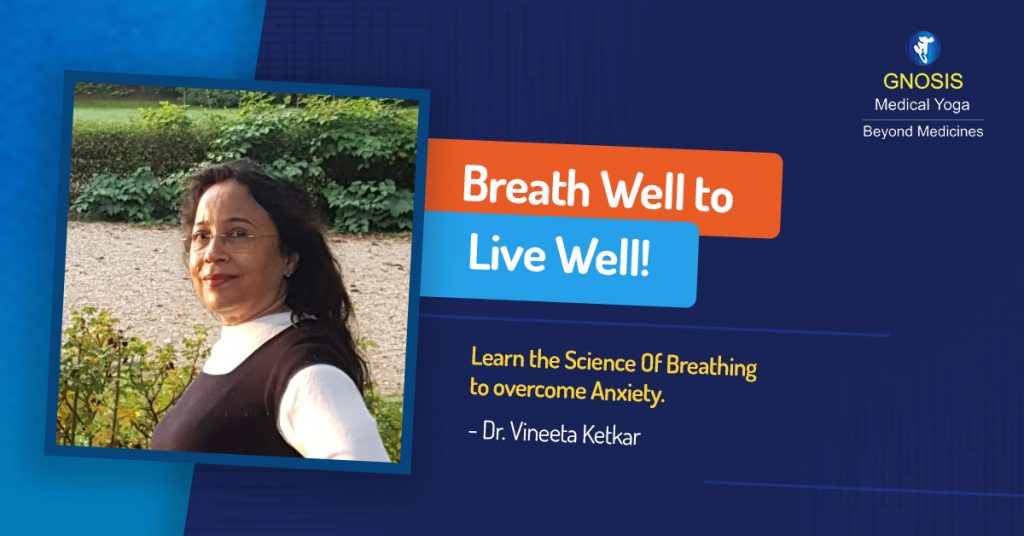
The respiratory center is a group of neurons in pons & medulla oblongata. The center receives afferent impulses via several cranial nerves- the trigeminals, glassopharyngeal & the vagi and also pro-prioceptive impulses from the skeletal structures of the thoracic cage ribs & their joints with the vertebrae. The respiratory center sends efferent connections to the intercostals muscles via thoracic spinal nerves (T1 to T12) & diaphragm via the phrenic nerves (C2C3C4) The rate & depth of respiration is adjusted to maintain PCO2 & PO2 within normal range. In addition, it is also modulated by proprioceptive afferent impulses, reaching respiratory center. (Degree of stretch on the lung alveoli, the degree of contraction of inter costal muscles & diaphragm, air content of thorax & volume of air flowing thro’ the airway passage – nostrils to alveoli).
‘Panic disorder’ is a name given to a clinical condition in which the sufferer recurrently gets what are called panic attacks. It is defined as a brief episodes usually lasting about 10-20 minutes & is characterized by intense anxiety & fear. On careful enquiry these patients reveal that they have a feeling of air hunger, meaning there by, they get a choking sensation i.e. no air is entering the lungs. This induces fear of death leading to panic status.
On examination, no airway obstruction or pathology is found out.
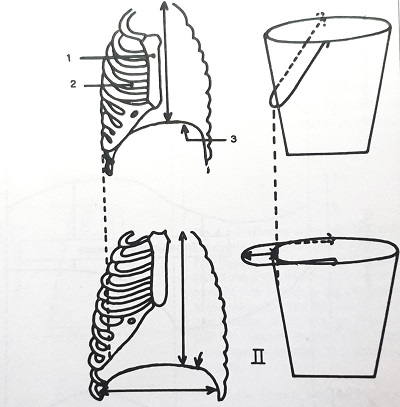
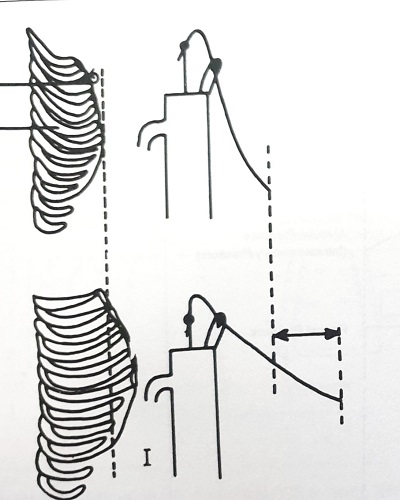
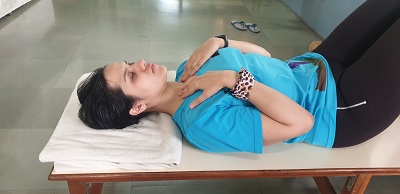
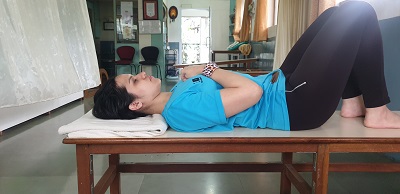
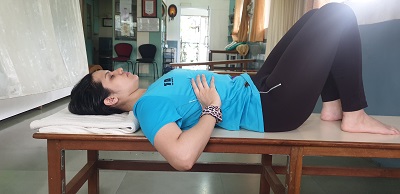
This can be due to interruption of afferent signals going from respiratory air flow, (Pro-prioceptive failure)& those carried by trigeminal, glossopharyngeal & vagus nerves.
This situation can be helped by
- Omkar chanting
- Conscious Deep Breathing
(Abdominal Breathing + Bucket Handle movement of 8th,9th 10th ribs + Pump Handle Movement of sternum + Clavicular Breathing). - Yogic postures with props
(Supta Veerasan + Supta Badha Konasan + Viparit Dandasan)
This is narrated by Mahamuni Patanjali in (1:31) as additional obstacles in the Yogic Study Pathway. Dukha+Daurmanasya+Angamejayatva+ Shwasprashwasa i.e. Sorrow, fickelmindedness, shakiness-restlessness – anxiety & irregularities of inhalation & exhalation.
Omkar chanting prolongs exhalation leading to increase in air flow in the breathing passage. Ujjayi, Bhramari & Anulom Vilom Pranayam send proprioceptive & general somatic afferent signals via trigeminal, glassopharyngeal & vagi nerves. (5th, 9th & 10th cranial nerves) Accoustic nerve (8th cranial) carries special sensory afferent impulses. These practices can instantly relieve Panic attacks.
The post Anxiety & Breathing appeared first on Gnosis Medical Yoga - Blog.
]]>The post Depression & Chittaprasadanam appeared first on Gnosis Medical Yoga - Blog.
]]>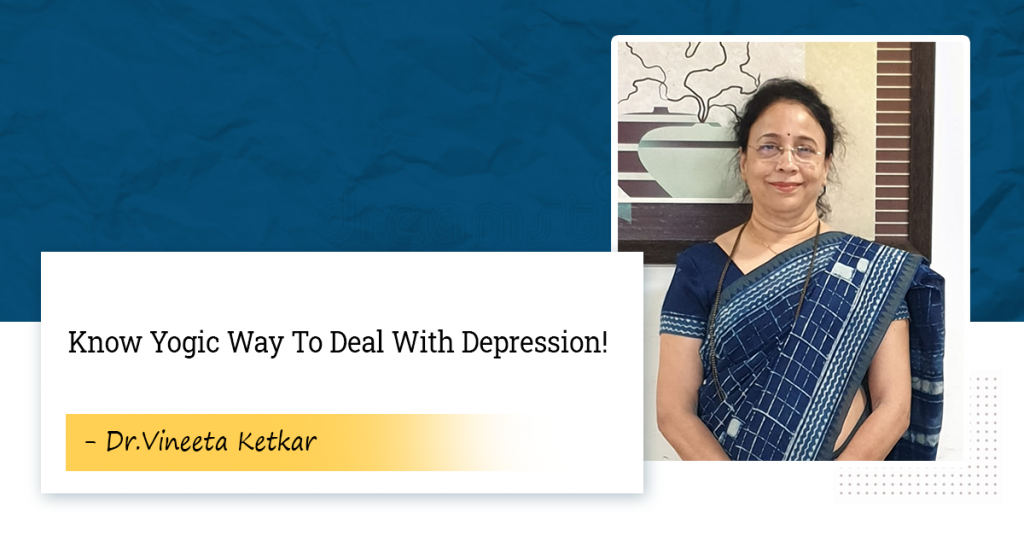
The aim of Yogic study as explained by Mahamuni Patanjali is Chittaruttinirodh, i.e. self control of chitta (mind-Intellect-Iness complex) from its deviations.
One of the important steps in this pathway is to adapt four different –approaches/attitudes towards four different types of people or qualities of people.( 1.33)
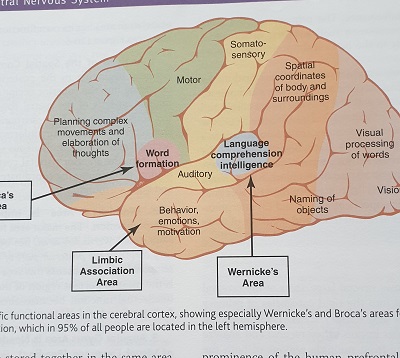
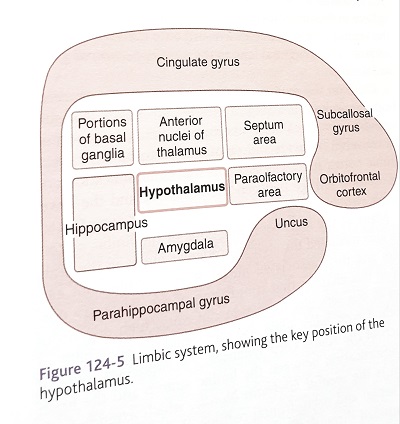
Patanjali says, develop friendship with happiness or happy people, develop compassion towards un-happiness or those who are suffering, take delight or joy towards virtues or virtuous people, be enquanimous towards vices or people exhibiting negative qualities or to ignore them.
In addition to the above Chitta prasadana Technique, Patanjali also prescribes, (1.34) Prachhardan Vidharanabhyam Wa Pranasya i.e. one should practice retention of breath after forceful expulsion. Patanjali clearly brings about the connection between breath & mind. Working on exhalation & external retention calms the mind.
Bhagvatgeeta mentions the same word ‘Prasad’ for the state of mind. It says( 2.65) Prasade Sarvadukhanam Hanirasyopi Jayate, Prasanna Chetasohyashu, Budhi Paryavatishthate ll i.e.
If we can take care of all our sorrows, a happy state of mind may be achieved as in this state, the cognitive function performs the best !
The post Depression & Chittaprasadanam appeared first on Gnosis Medical Yoga - Blog.
]]>The post Xrays & RBT for OA Knee Joint appeared first on Gnosis Medical Yoga - Blog.
]]>His disciple Dr. S. V. Karandikar further developed it for OA – Knee & Spondylosis of Cervical & Lumbar Spine which is used extensively since 1980 onwards.
RBT is adviced after clinical & radiological diagnosis of OA Knee joint & Cervical & Lumbar Spondylosis.In addition to diagnosis,it also gives us an idea about severity of the condition.This helps us to decide the duration of RBT at Therapy Center
We use Kellgren & Laurence Radiographic grading for OA knee Joint
Duration of RBT adviced at our Center is as follows.
- Grade 1- One month
- Grade 2- Two months
- Grade 3- Three months
In addition to RBT, patients are taught selective modified Yogic Postures & Ambulatory Belts.( which are to be used in day to day life)
Following are the X-rays of Grade -3 OA Knee joint of patients.
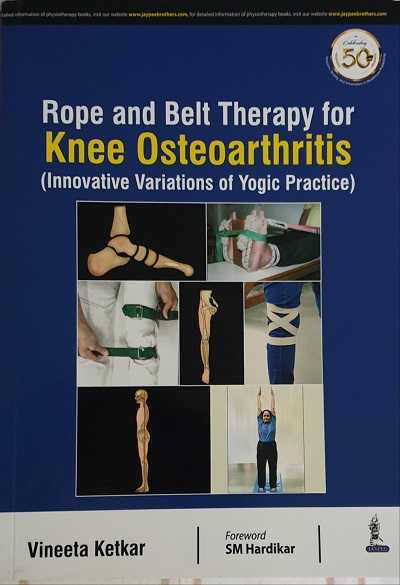
The post Xrays & RBT for OA Knee Joint appeared first on Gnosis Medical Yoga - Blog.
]]>